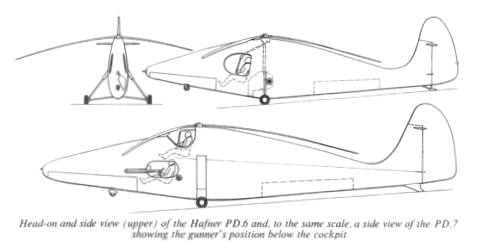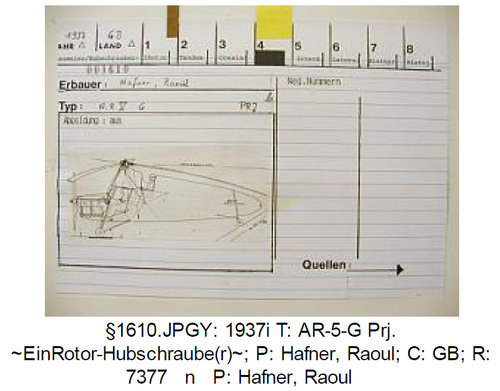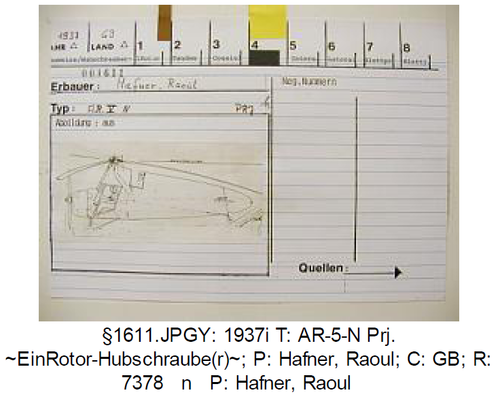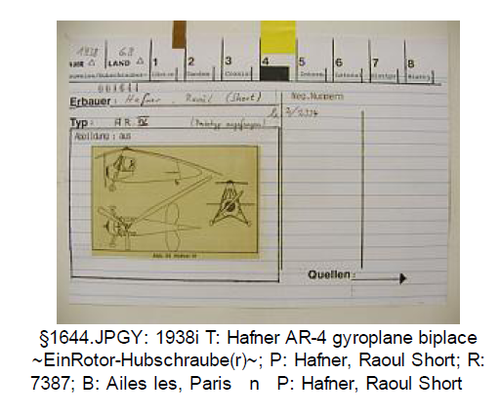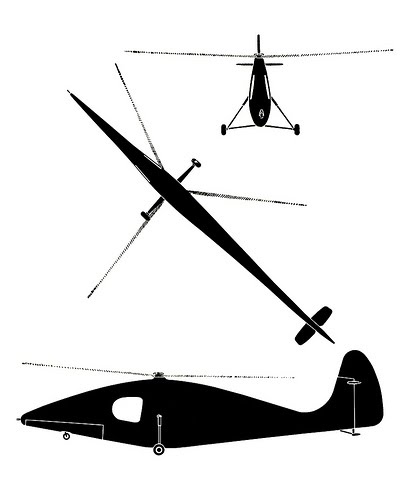- Joined
- 26 May 2006
- Messages
- 32,642
- Reaction score
- 11,820
Hi,
Hafner R.I was single seat helicopter of 1928,followed by R.II of
similar configuration,powered by 40 hp Salmson lightweight radial
engine.AR.III Gyroplane was single seat autogyro powered by one
90 hp Pobjoy Niagara engine,AR.IV was two seat and AR.V was three
seat autogyros projects.Rotachute was a man-carrying glider with a
rotating wing,Rotabuggy was intended as a stepping-stone to a flying
Valentine tank,Rotabank was a glider.
unknown designs were PD.6,PD.7 and EA.115,
and I hear that Hafner submitted a proposal to HR.144T specification
but I am not sure.
Hafner R.I was single seat helicopter of 1928,followed by R.II of
similar configuration,powered by 40 hp Salmson lightweight radial
engine.AR.III Gyroplane was single seat autogyro powered by one
90 hp Pobjoy Niagara engine,AR.IV was two seat and AR.V was three
seat autogyros projects.Rotachute was a man-carrying glider with a
rotating wing,Rotabuggy was intended as a stepping-stone to a flying
Valentine tank,Rotabank was a glider.
unknown designs were PD.6,PD.7 and EA.115,
and I hear that Hafner submitted a proposal to HR.144T specification
but I am not sure.


 [/URL
[/URL



